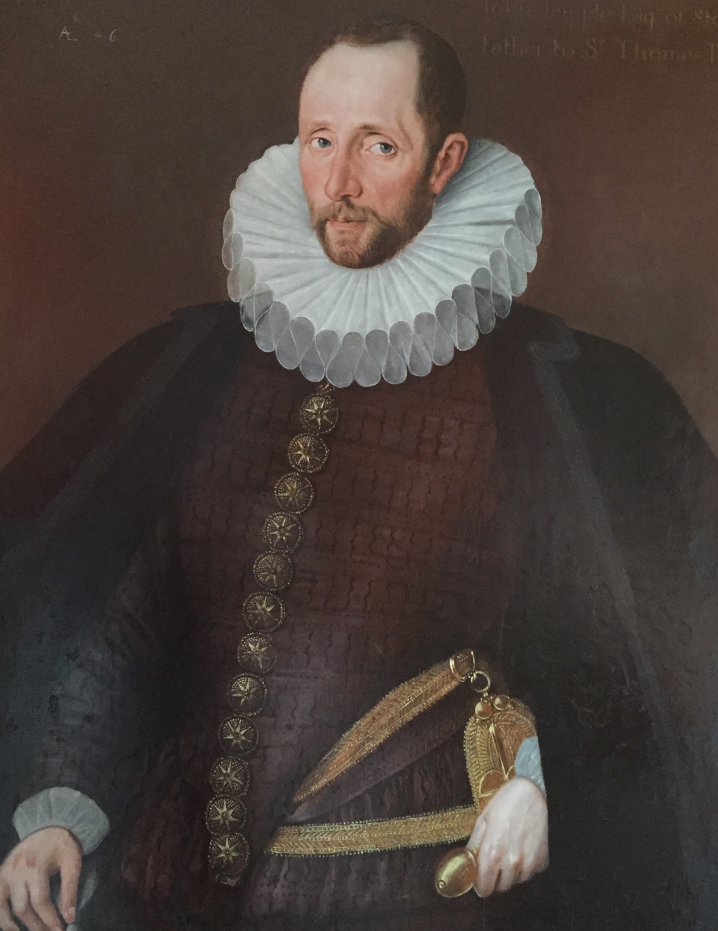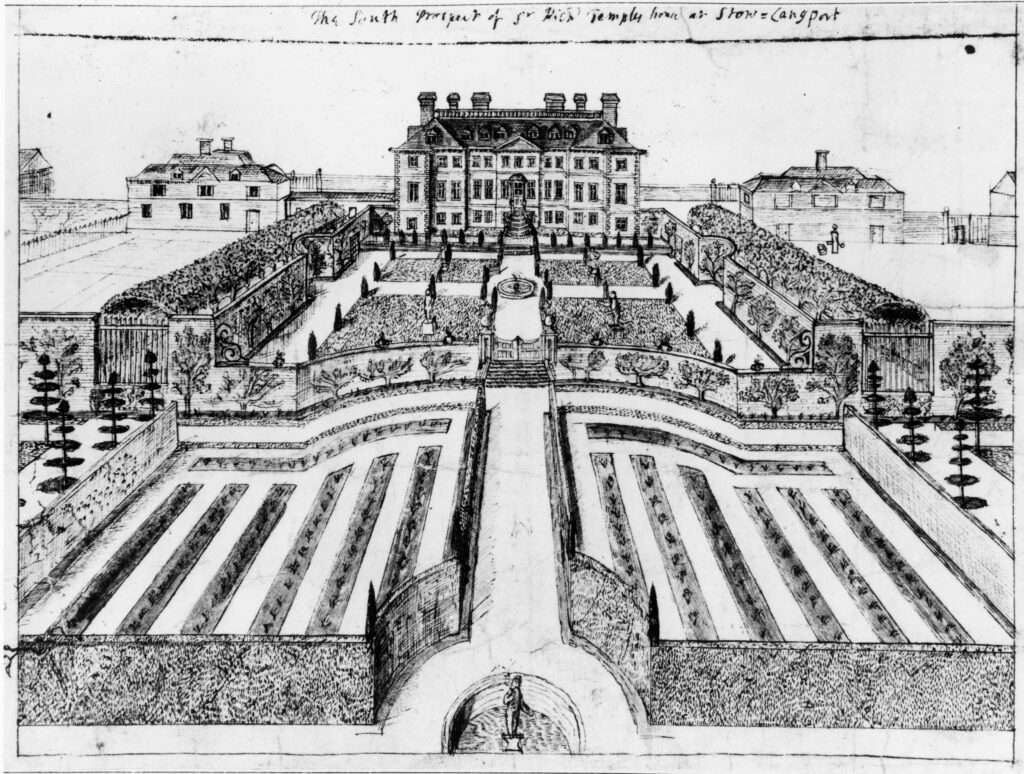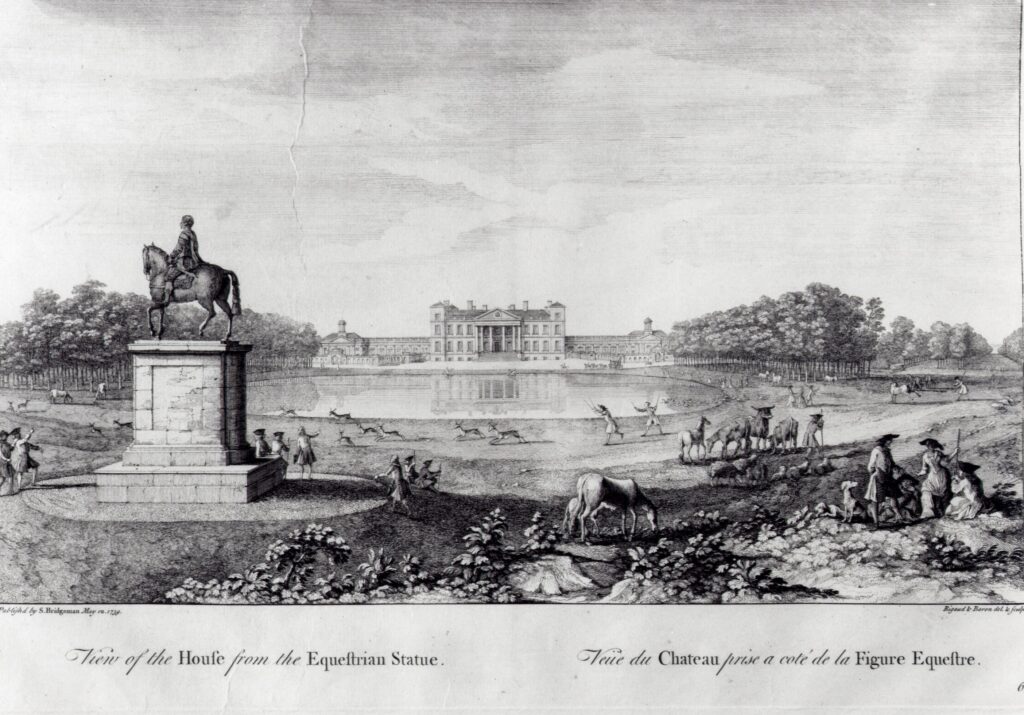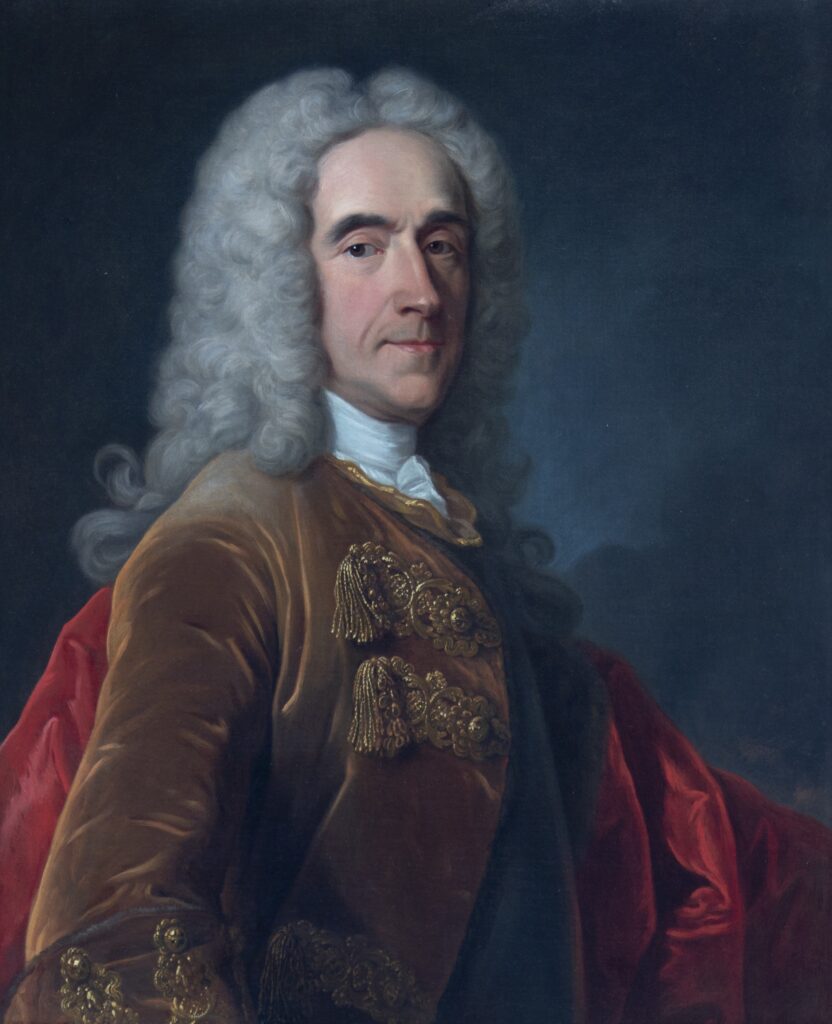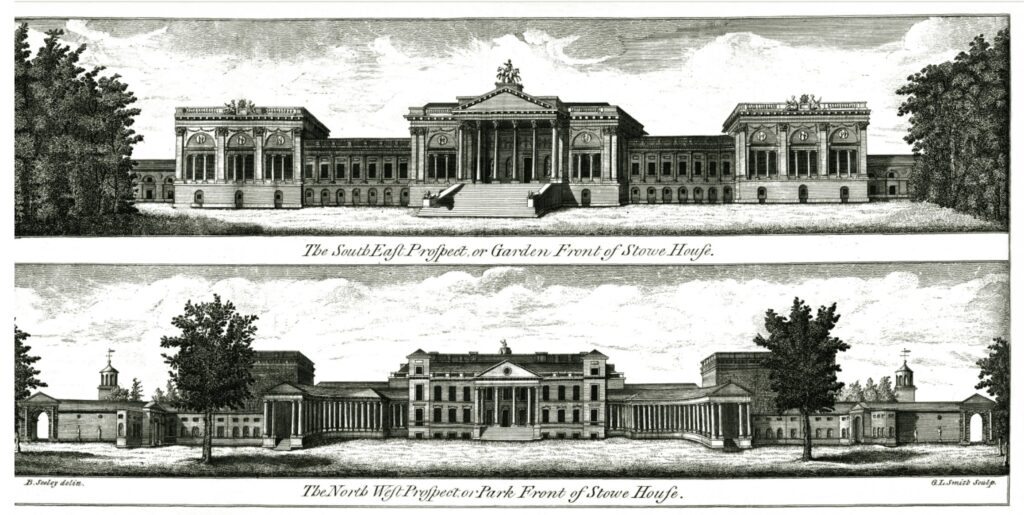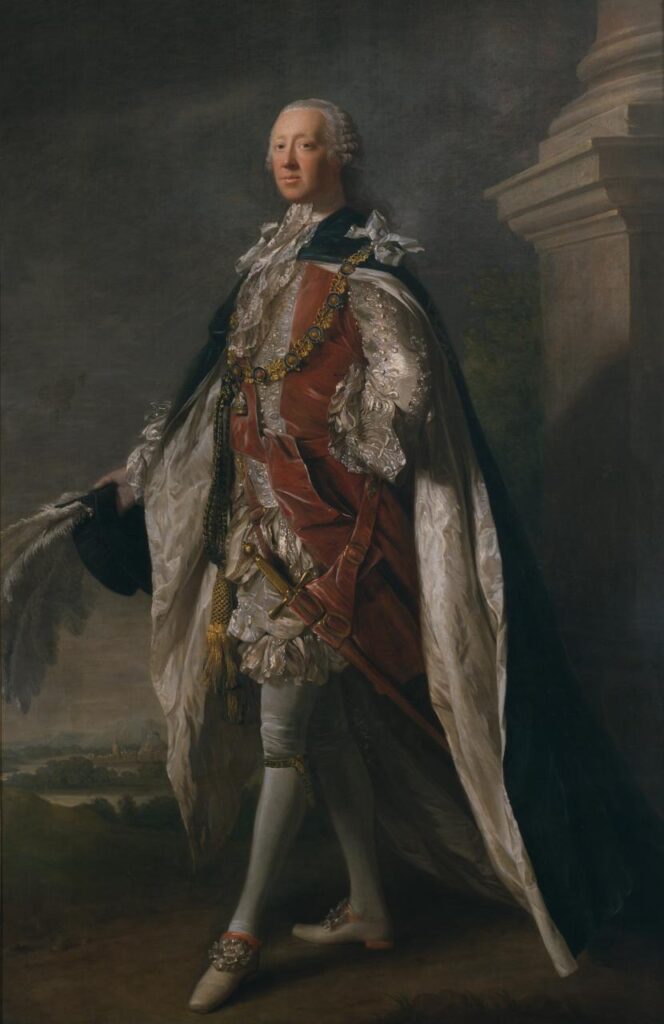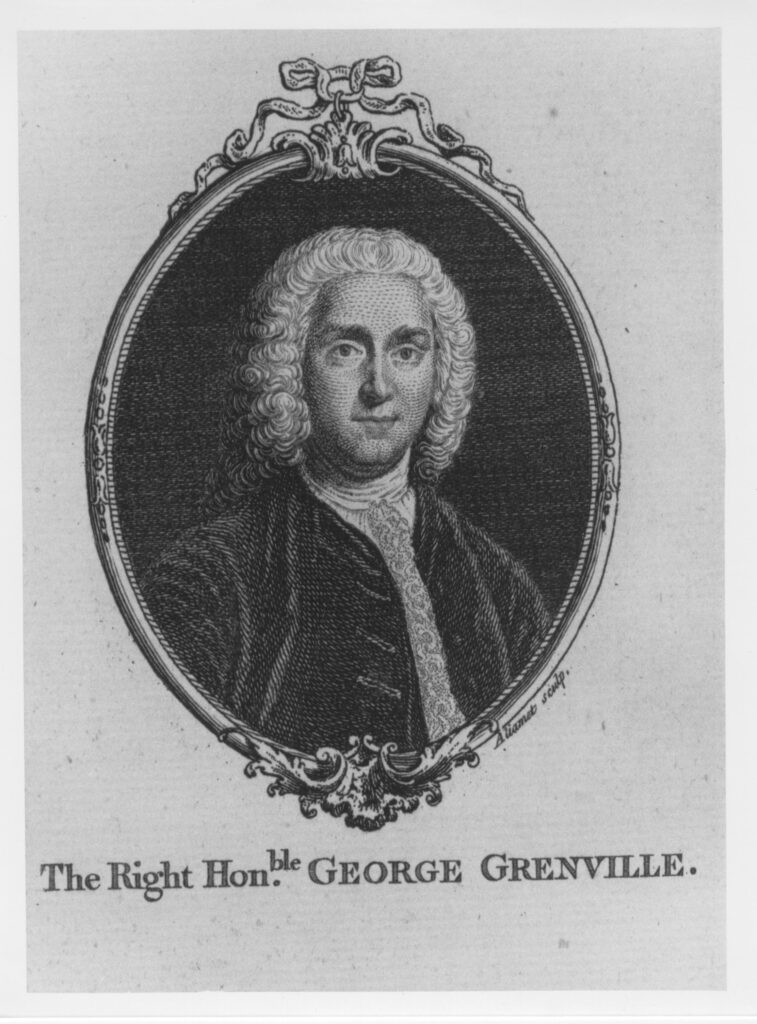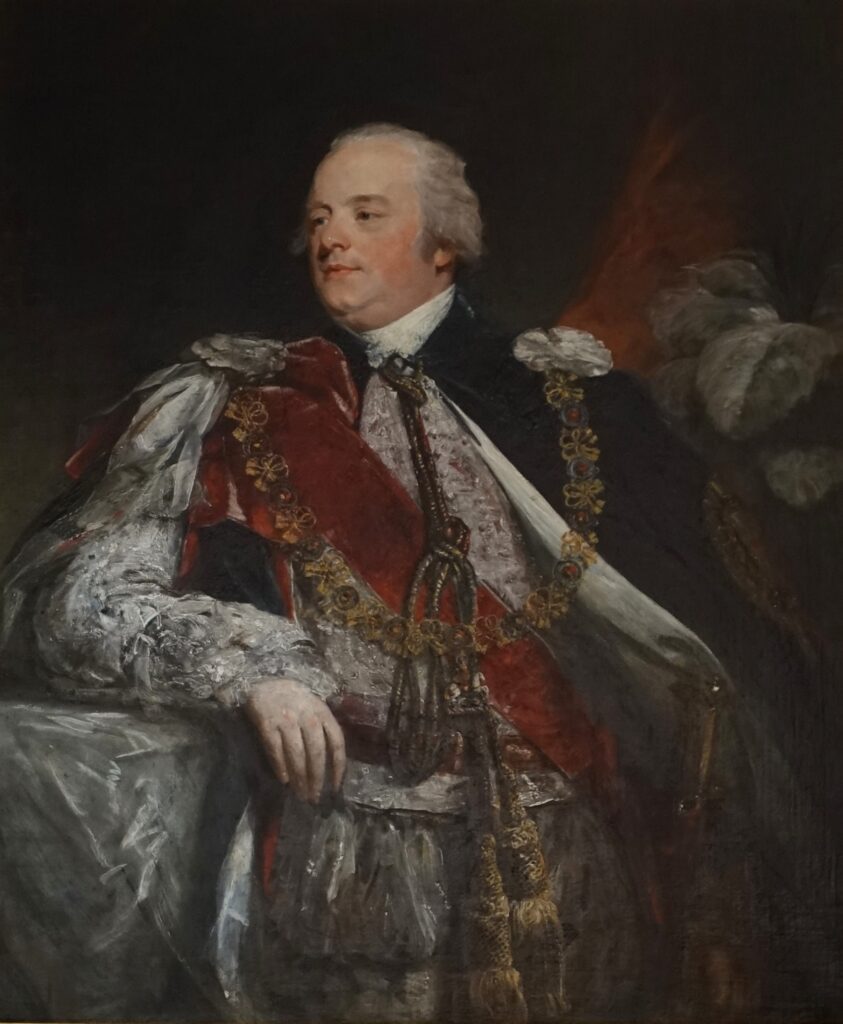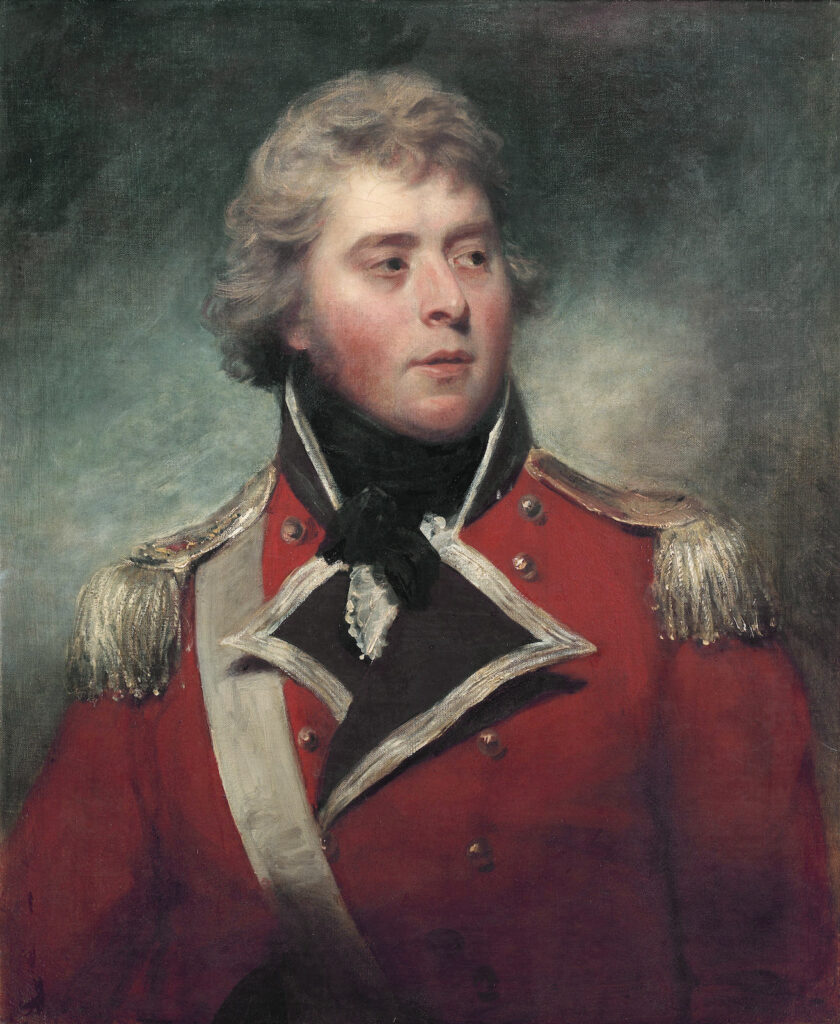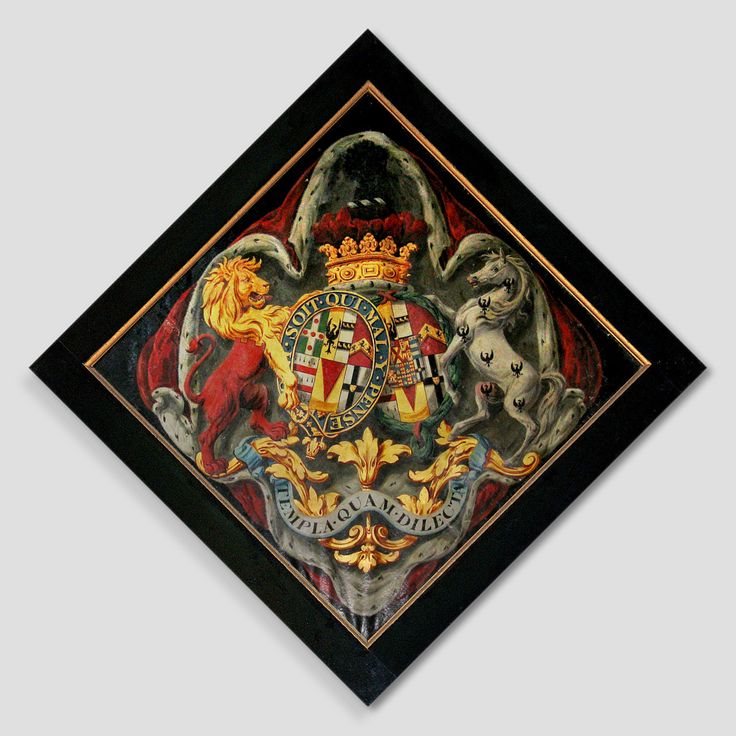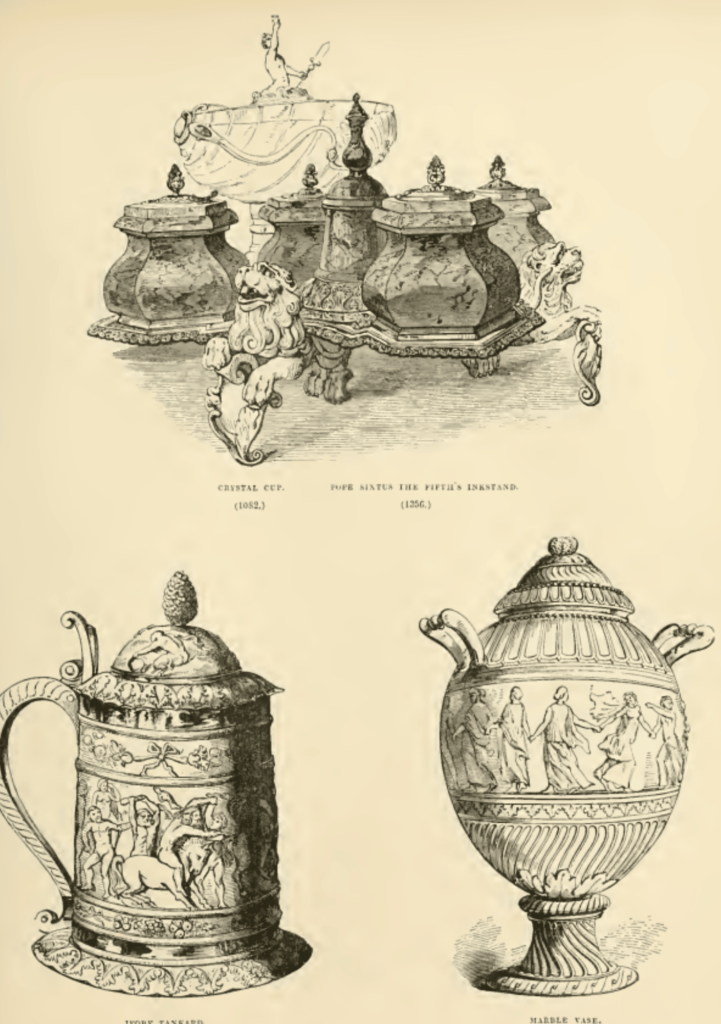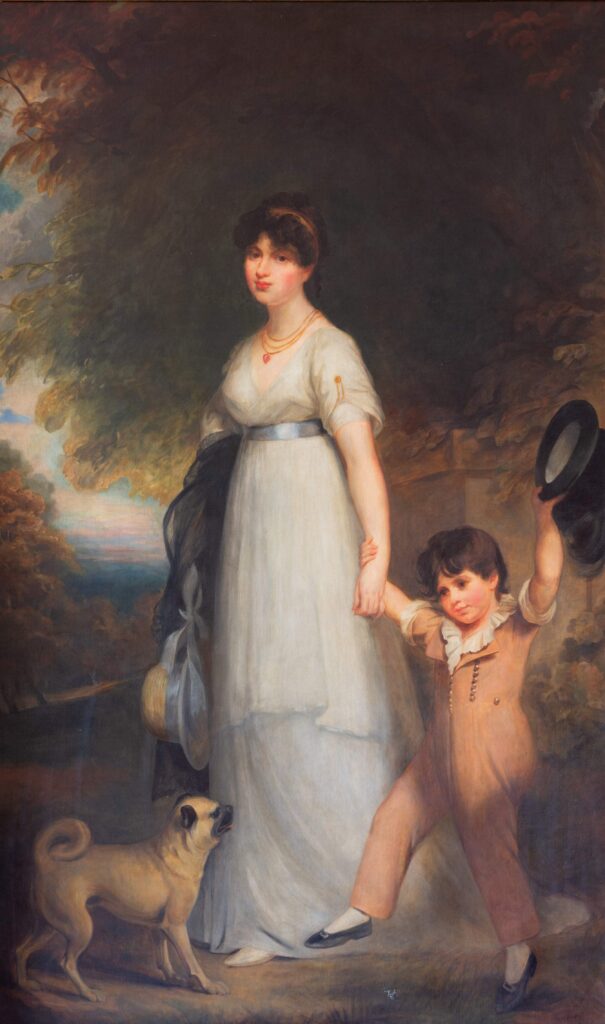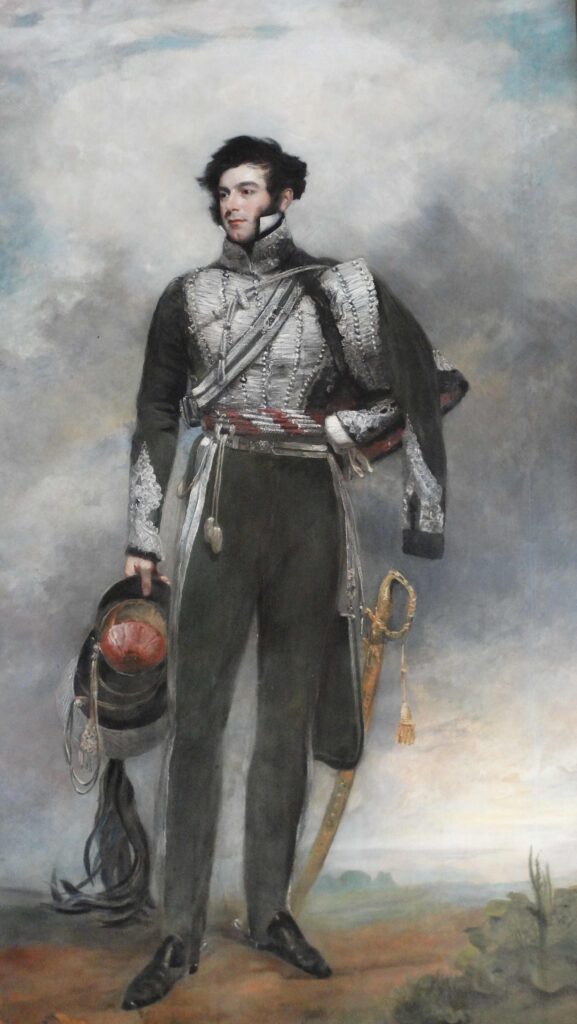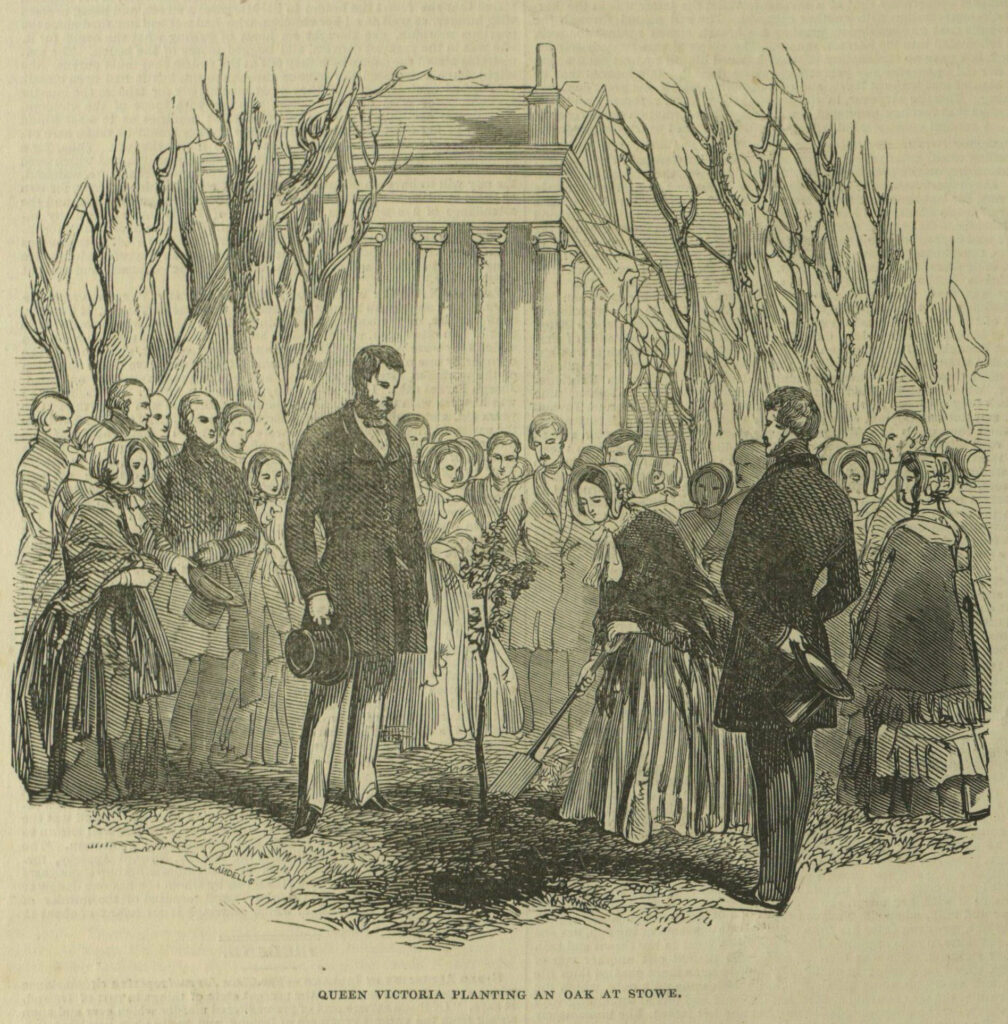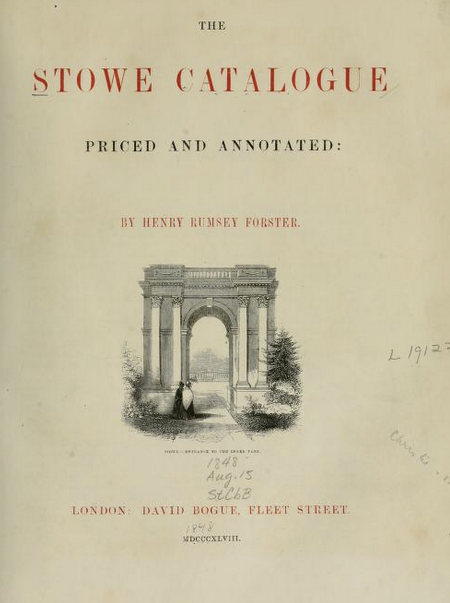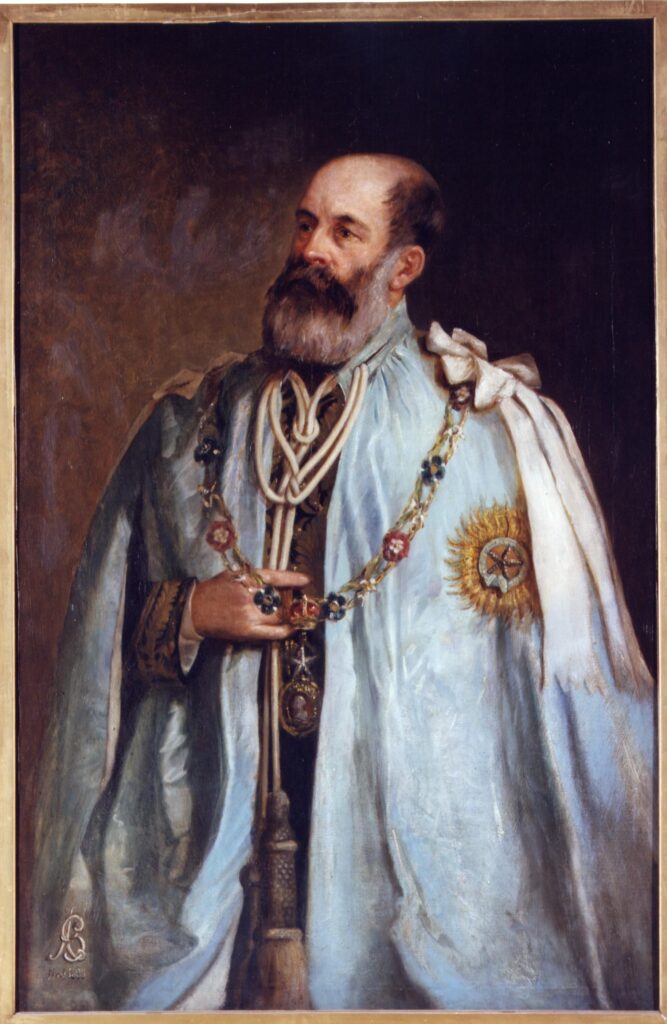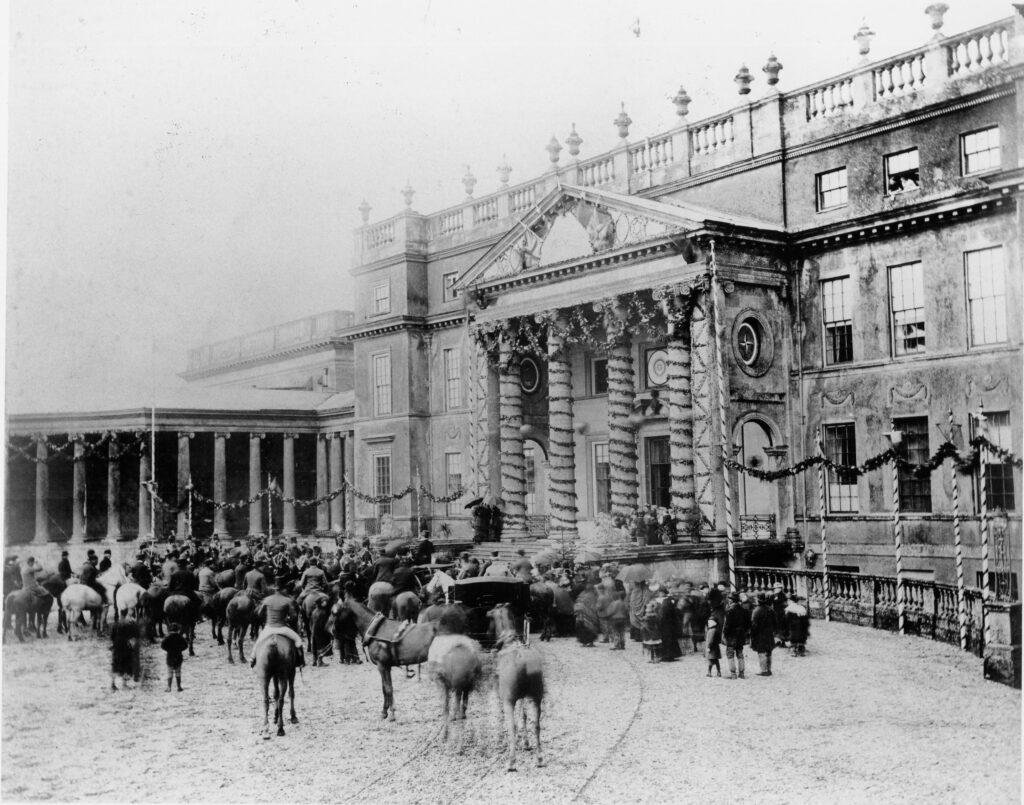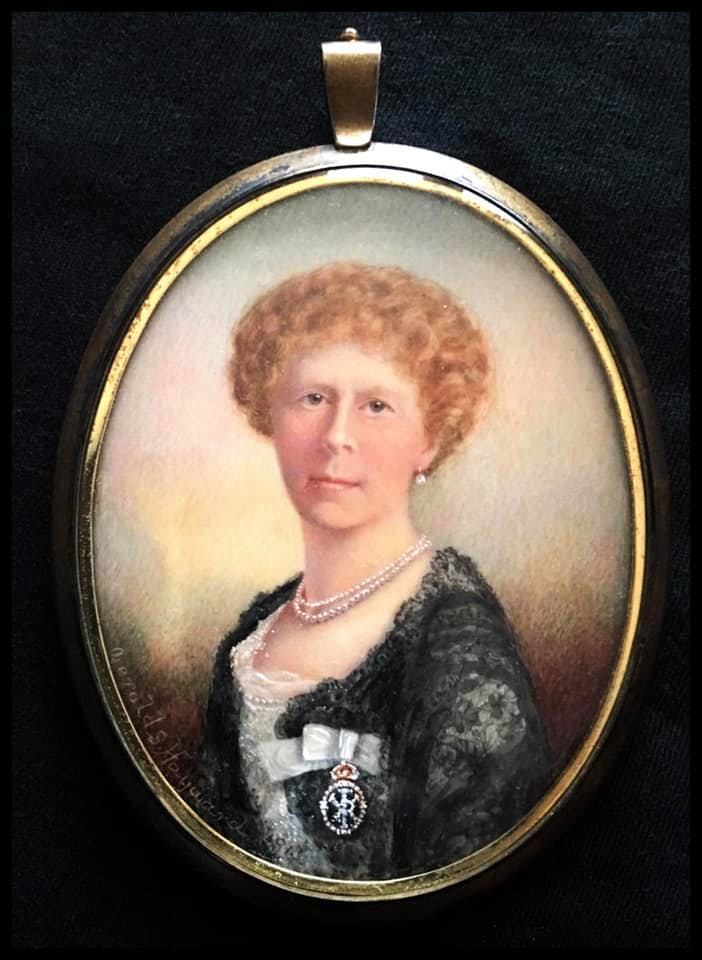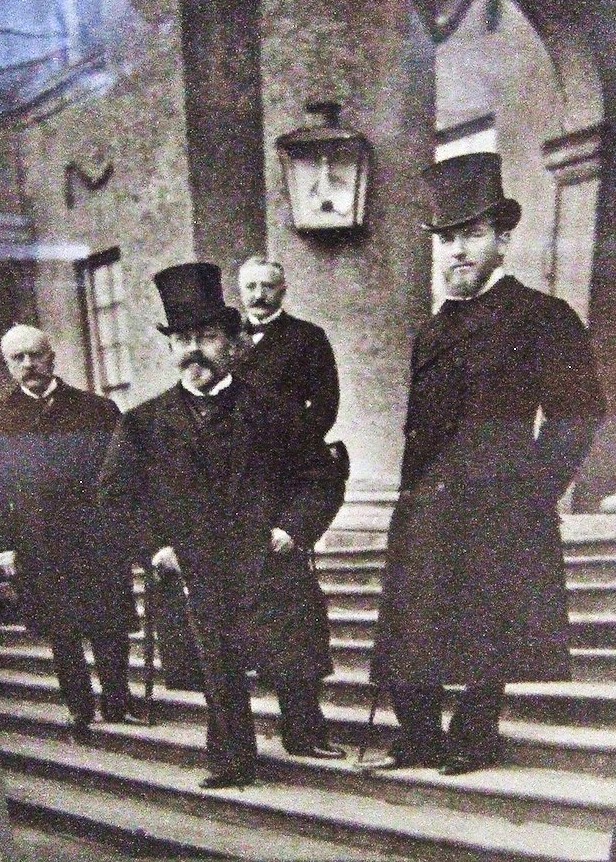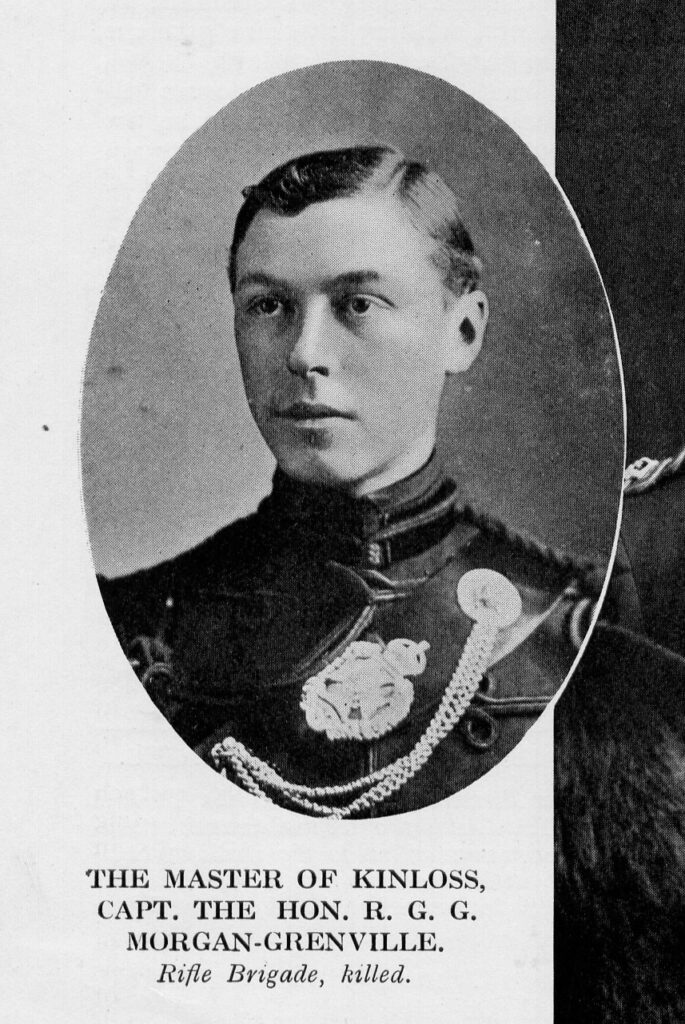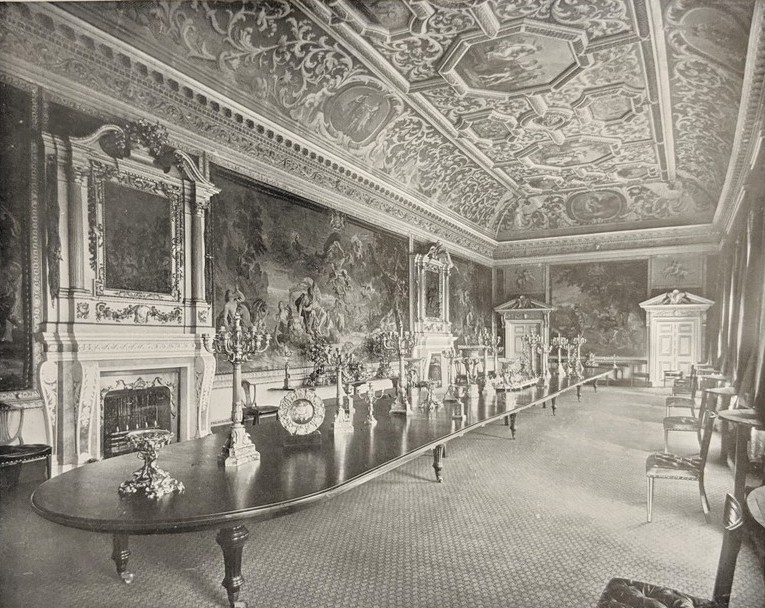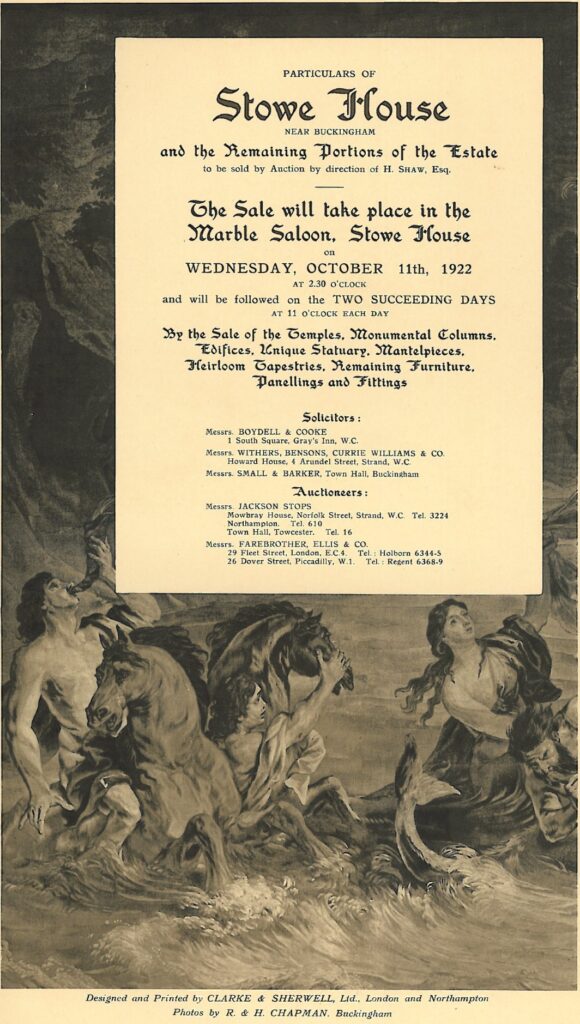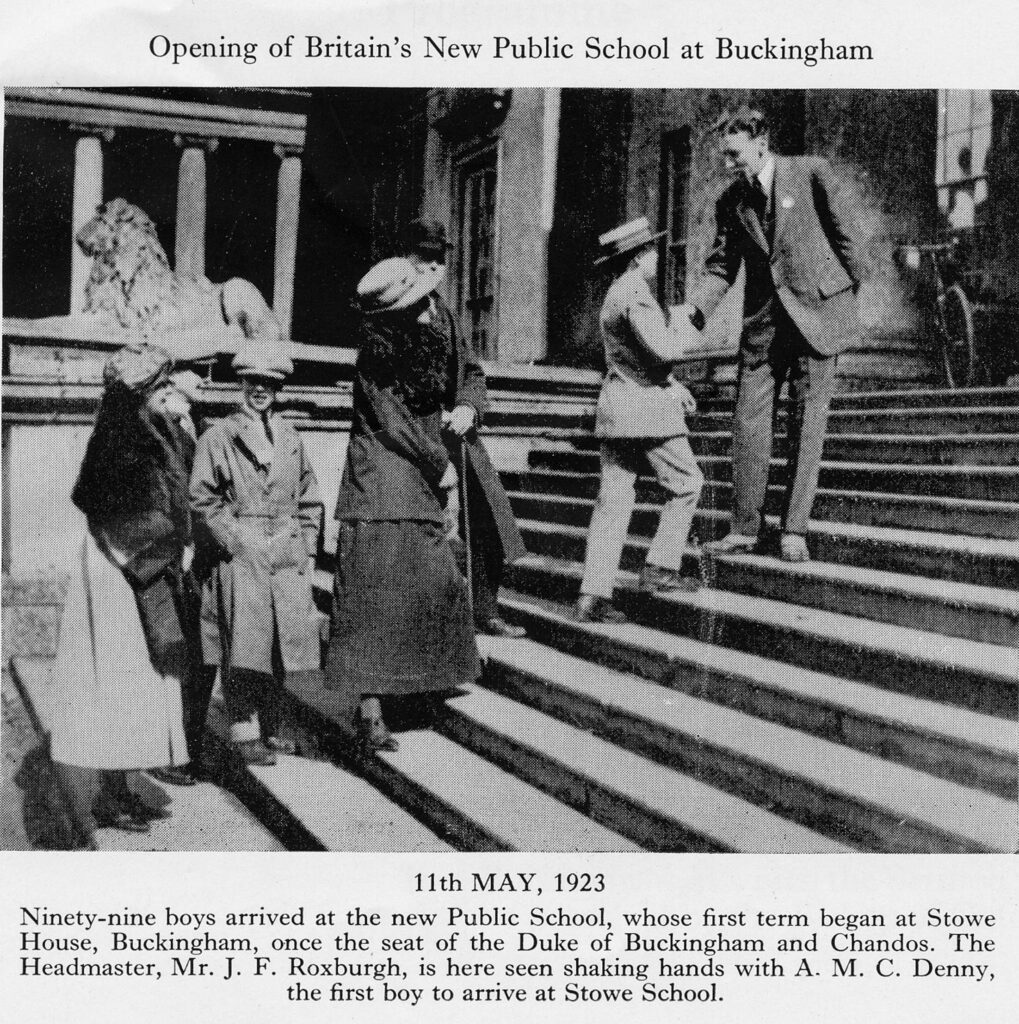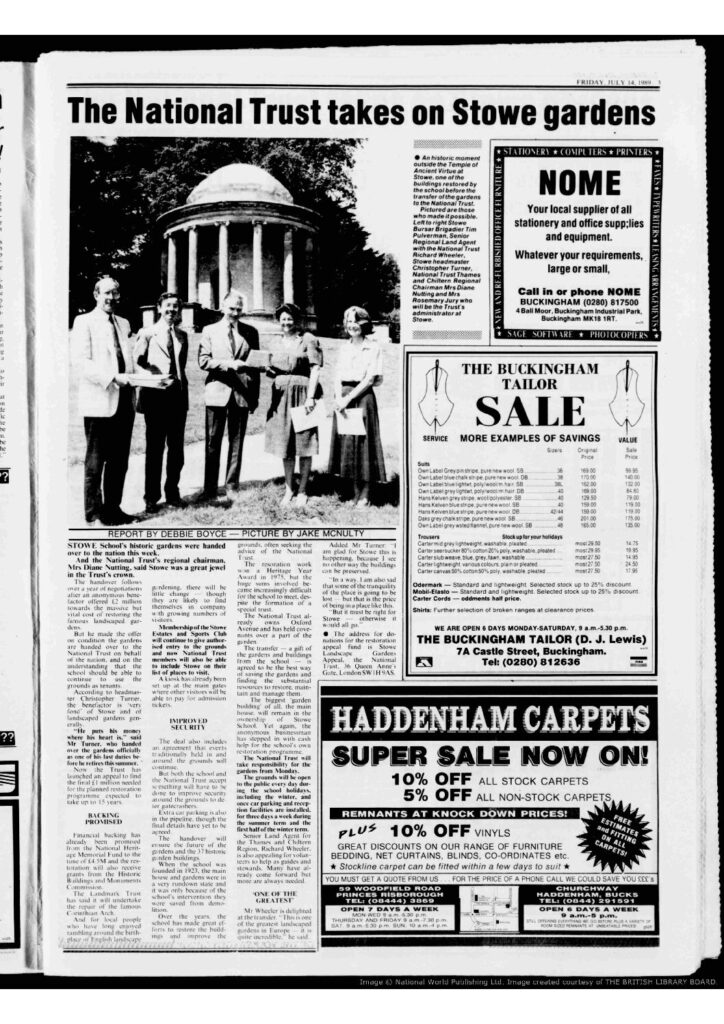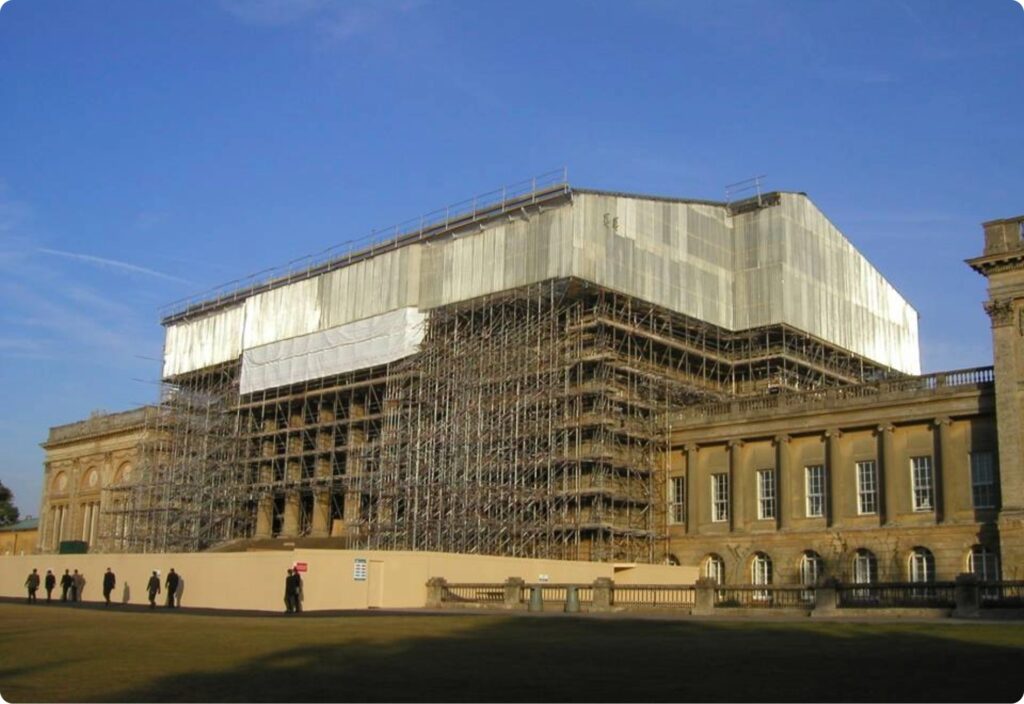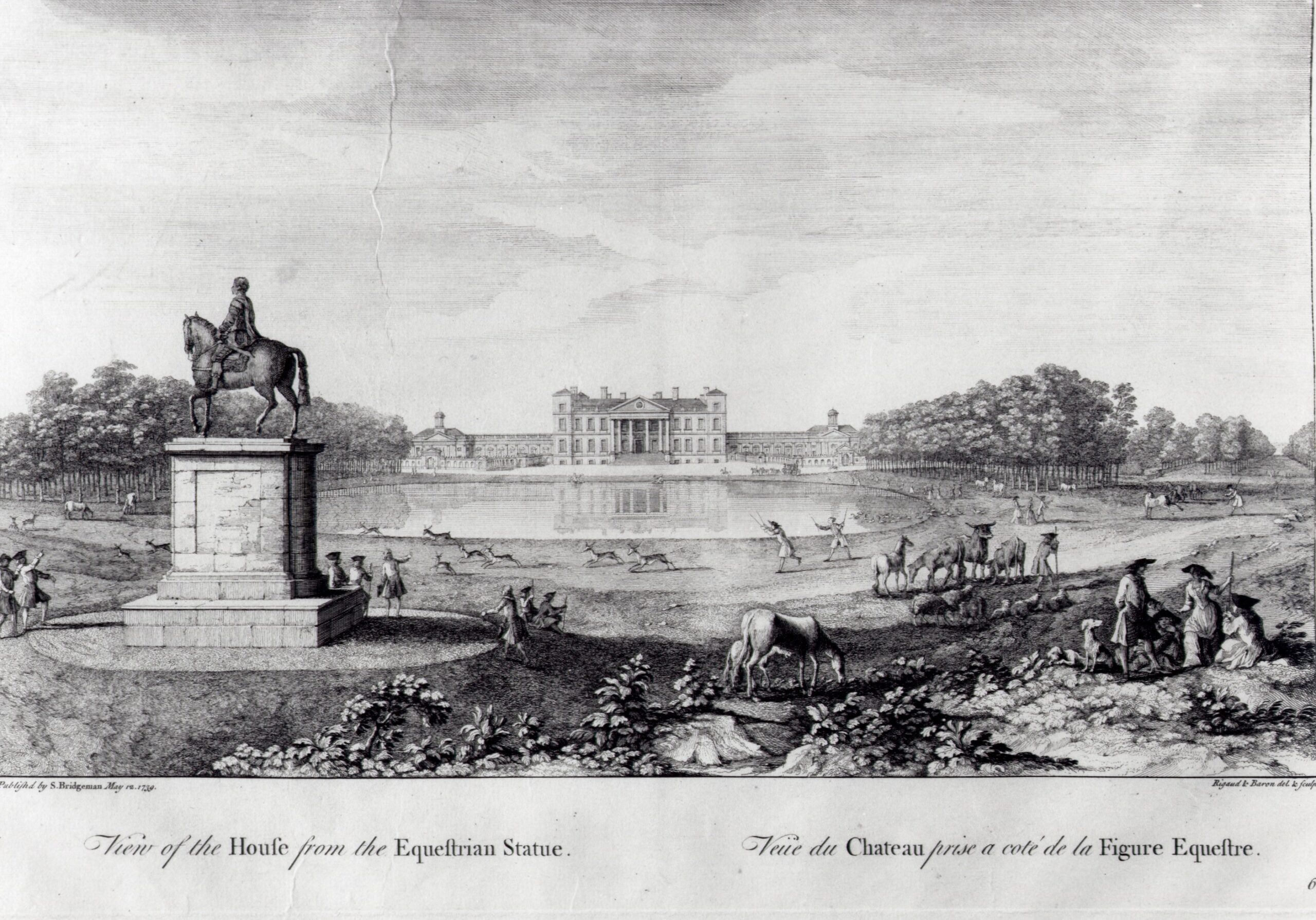
History
The History of Stowe House
Stowe House is one of England’s most iconic and architecturally significant buildings and estates. Located in North Buckinghamshire, near the Northamptonshire border, it boasts a rich heritage spanning over three centuries. The story of Stowe and the Temple-Grenville family is one of ambition, politics, and dramatic twists—their rapid rise to fame and fortune in the 18th century was matched only by their spectacular fall in the 19th century.
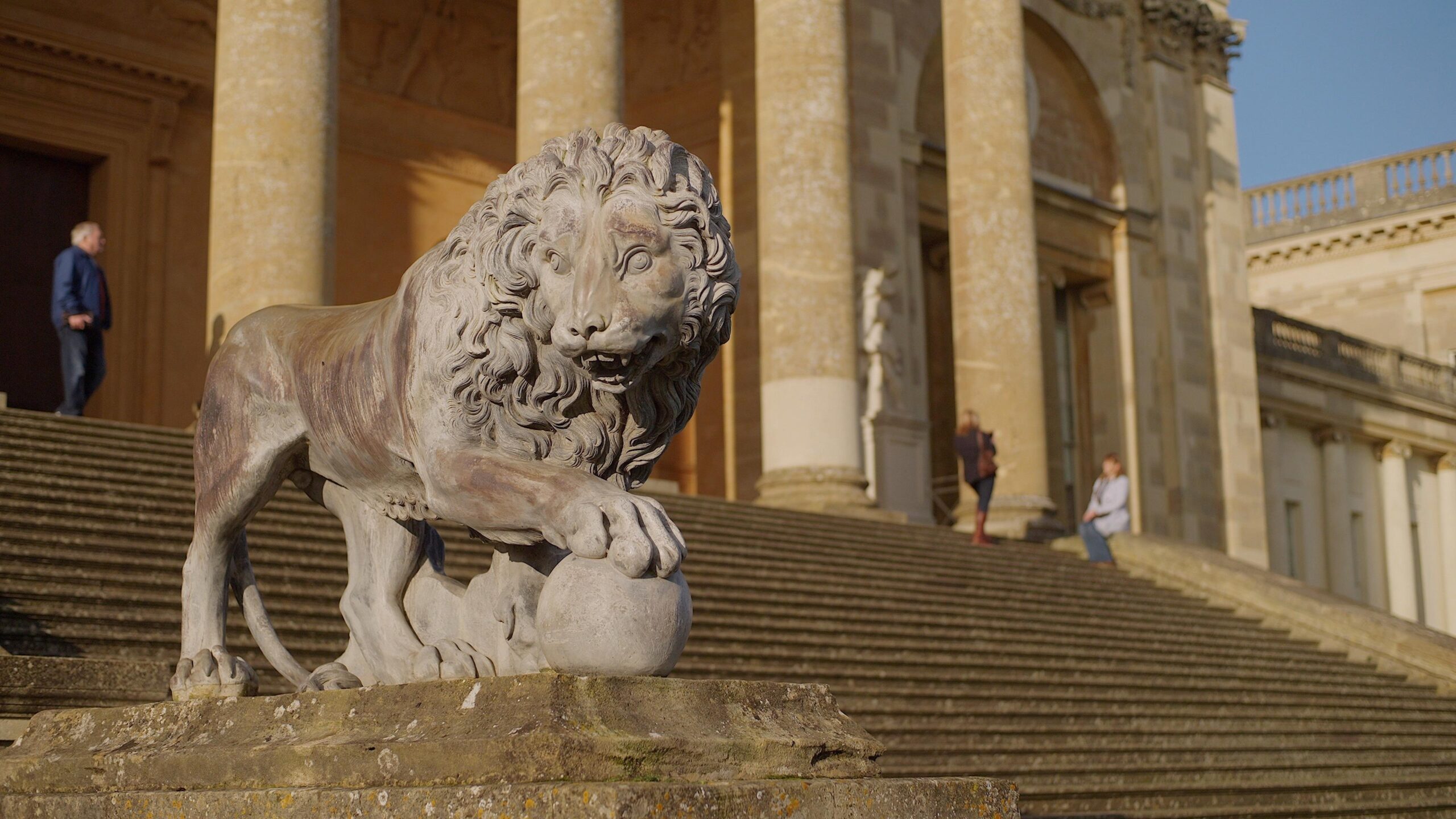
Stowe House
Stowe House boasts a rich heritage spanning over three centuries. The house and estate played a pivotal role in British architectural and landscape design, whilst the Temple-Grenville family, were deeply intertwined with Britain’s cultural, social, and political evolution throughout the 18th and 19th centuries.
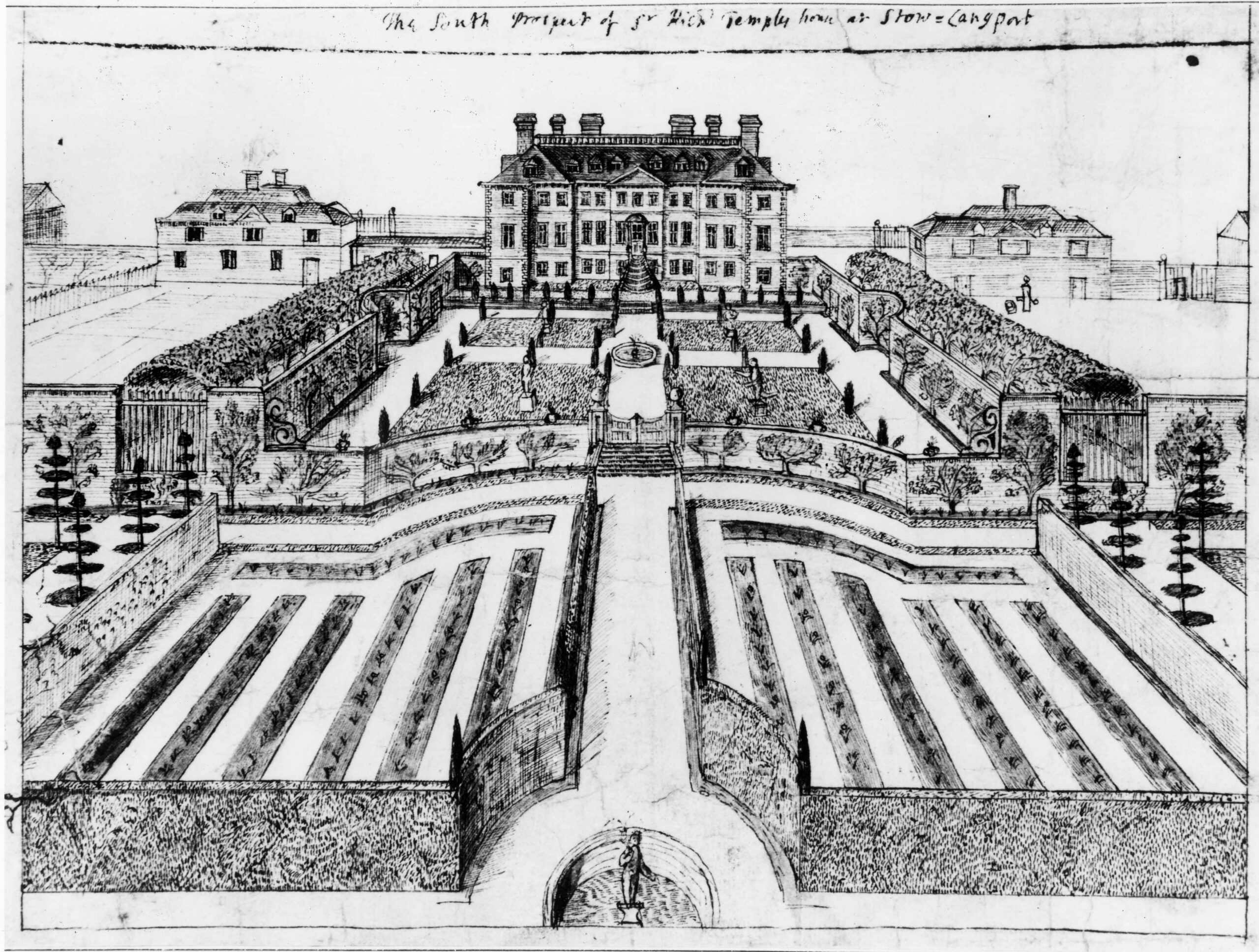
Early Beginnings
Stowe has a history spanning nearly 1,000 years, with references to the area appearing in the Domesday Book. From 1330, Osney Abbey managed a manor house in Stowe, holding the estate until 1539, when it was forced to surrender its lands to the Crown during the Dissolution of the Monasteries.
The estate then passed to the Gifford family, who, in 1571, leased it to Peter Temple, a successful sheep farmer from Oxfordshire. Peter’s son, John, purchased the estate in 1589.
In 1603, Thomas Temple inherited Stowe. That same year, he purchased a knighthood, followed by a baronetcy in 1611. A lawyer and Justice of the Peace, Thomas faced financial difficulties due to the economic depression of the 1620s and the burden of providing for his many children—nine of whom were daughters. In 1630, amidst mounting debts, he transferred Stowe to his son Peter, following a legal dispute over land sales that had breached a prior agreement.
Peter Temple purchased a knighthood in 1609 and later established a deer park to the northeast of the house. His son, Richard, succeeded as the third baronet in 1653. His marriage to Mary Knapp, who brought a dowry of £4,000, enabled him to commission a new mansion at Stowe, designed by William Cleere.
It was in 1697, under the ownership of Sir Richard Temple, 1st Viscount Cobham, that Stowe began its transformation into the grand estate seen today. His ambition to create a landscape of monumental scale and beauty set Stowe on a path that would later secure its place in British history.
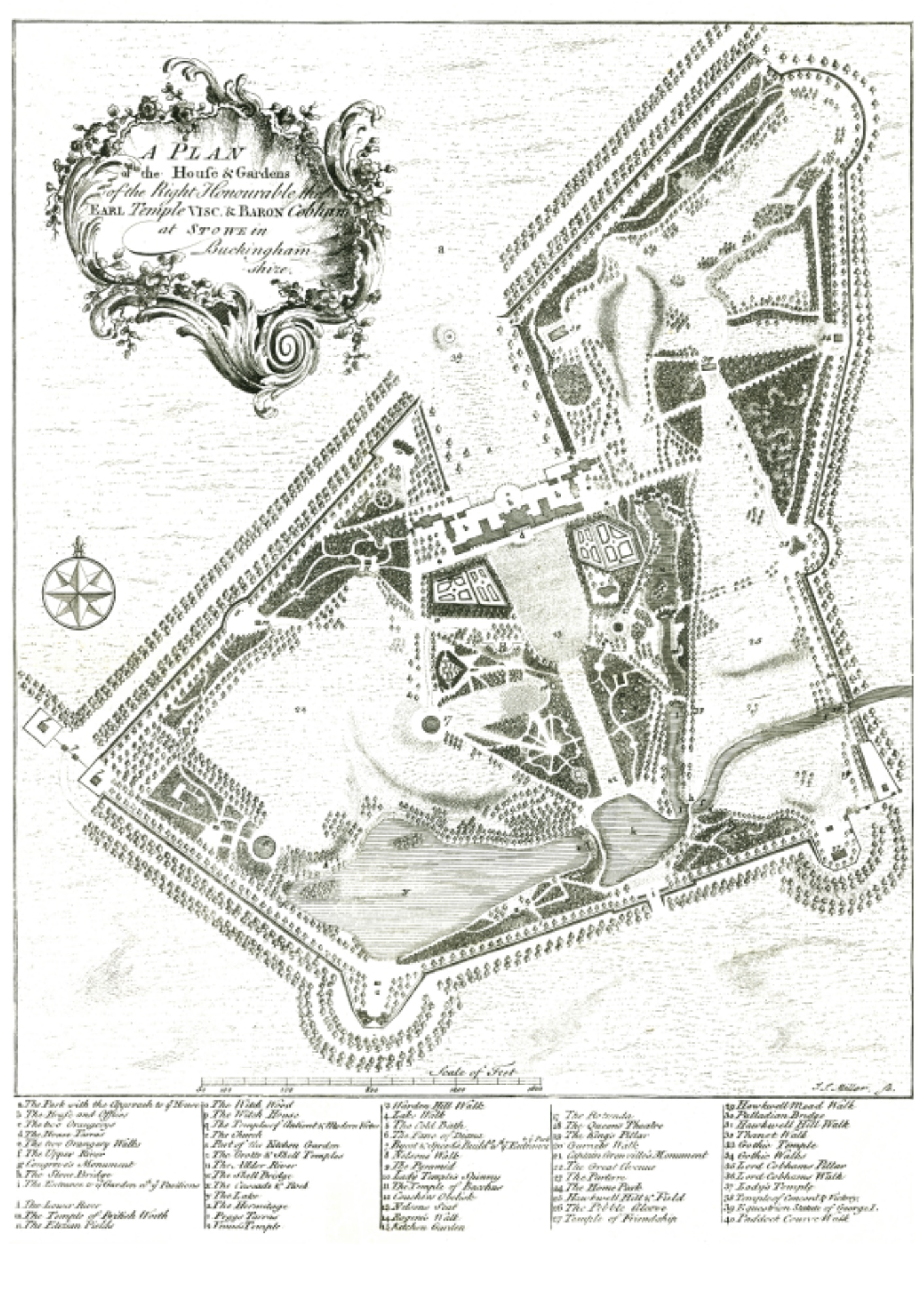
The Golden Age of Stowe (18th Century)
In the 18th century, Stowe House became the seat of the Temple family’s wealth and political influence. Under the guidance of Sir Richard Temple’s descendants, the estate flourished both architecturally and aesthetically. The famous architect James Gibbs and renowned landscape designer Capability Brown were commissioned to enhance the grounds, making Stowe one of the finest examples of the English landscape garden movement.
The gardens and parkland were transformed into a series of grand vistas, reflecting classical ideals of symmetry, order, and beauty. The estate’s design incorporated temples, statues, and follies, each carefully positioned to evoke mythological and historical themes. The Temple family’s vision of Stowe House as a place of both artistic achievement and political power continued to thrive.
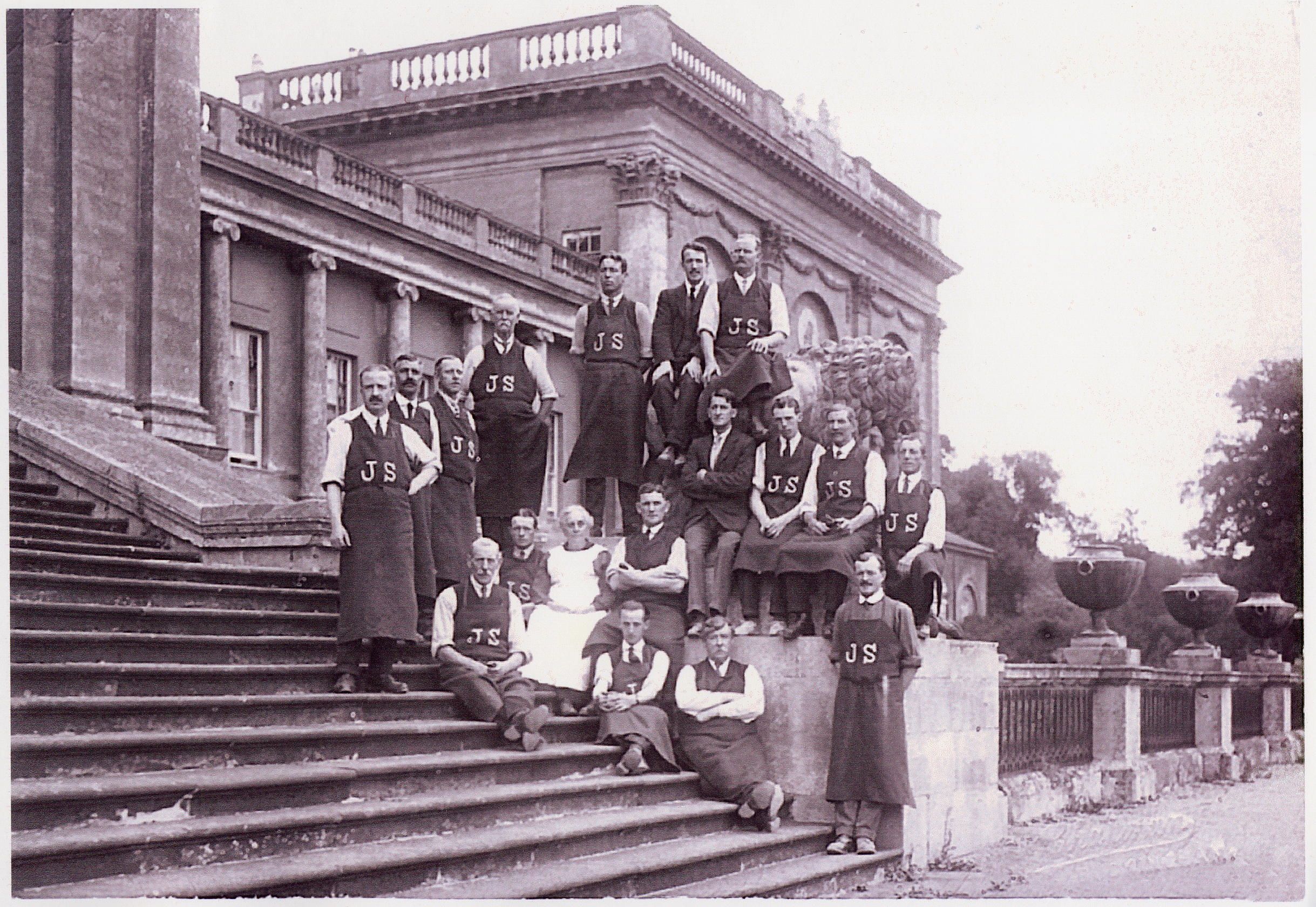
The Fall and Decline
Overspending by the 1st Duke of Buckingham and Chandos in the 1830s, followed by his son’s lavish lifestyle, led to financial ruin. A costly visit from Queen Victoria and Prince Albert in 1845 sealed their fate, culminating in the infamous sale of land and house content in 1848.
Despite efforts by the 3rd Duke to recover, the estate was ultimately sold in 1921 and Stowe School was created in1923, preventing the house from becoming another casualty of the inter-war austerity.
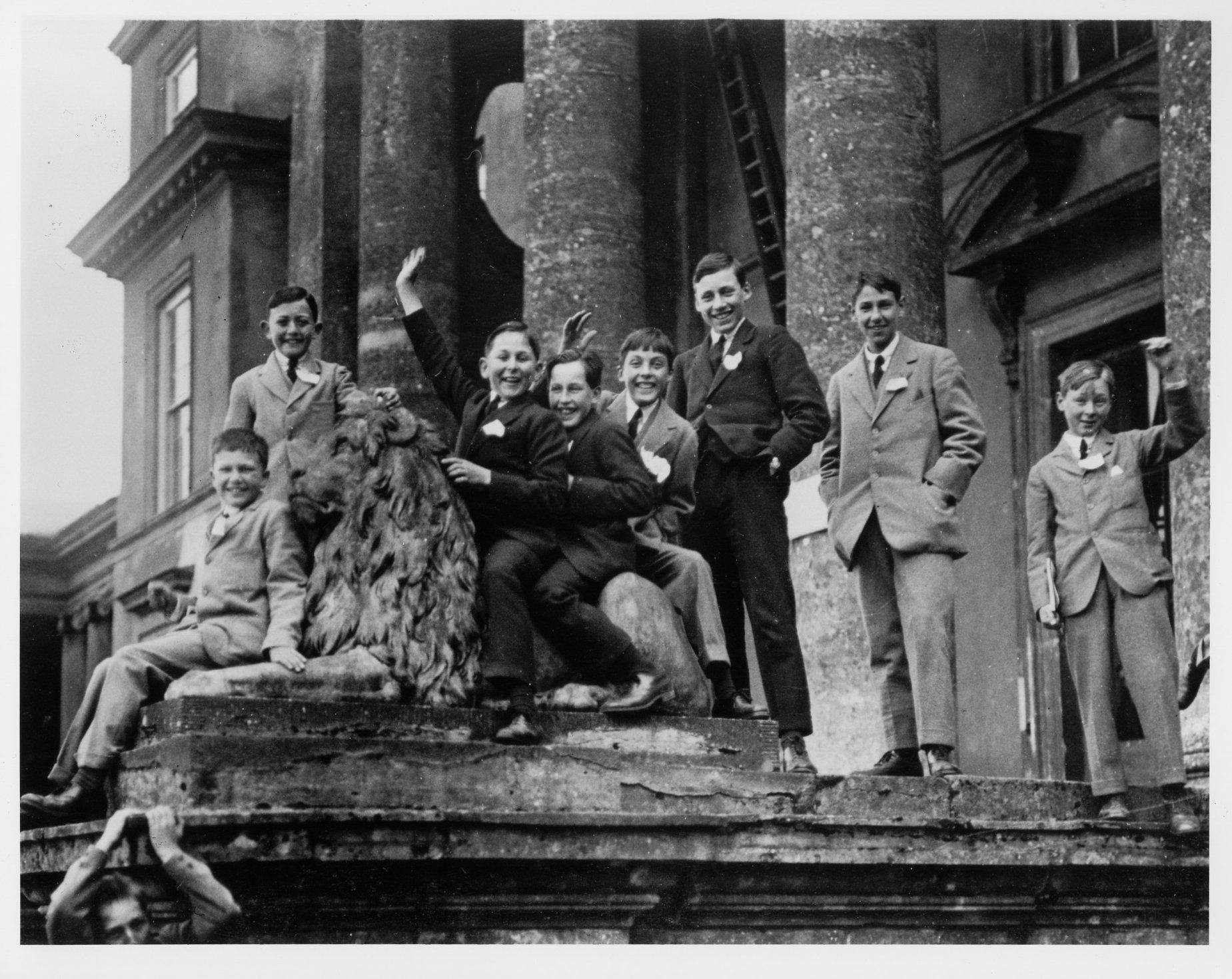
Stowe School
Stowe School opened in May 1923 with 99 boys. Clough Williams-Ellis was appointed as the architect to adapt the main house and design new buildings for classrooms and dormitories.
The first headmaster, J. F. Roxburgh, aimed to create a new kind of public school that nurtured the individual talents of each pupil.
“Every boy who goes out from Stowe will know beauty when he sees it for the rest of his life.” – J. F. Roxburgh
Throughout the 20th century, Stowe gained a reputation for its progressive approach to education, encouraging individuality and creativity alongside traditional academic disciplines. The school became co-educational in 2003.
Today, Stowe School remains one of the UK’s leading independent schools, known for its stunning setting, academic excellence, and emphasis on holistic education. It continues to uphold its founding ethos while evolving to meet the challenges of modern day.
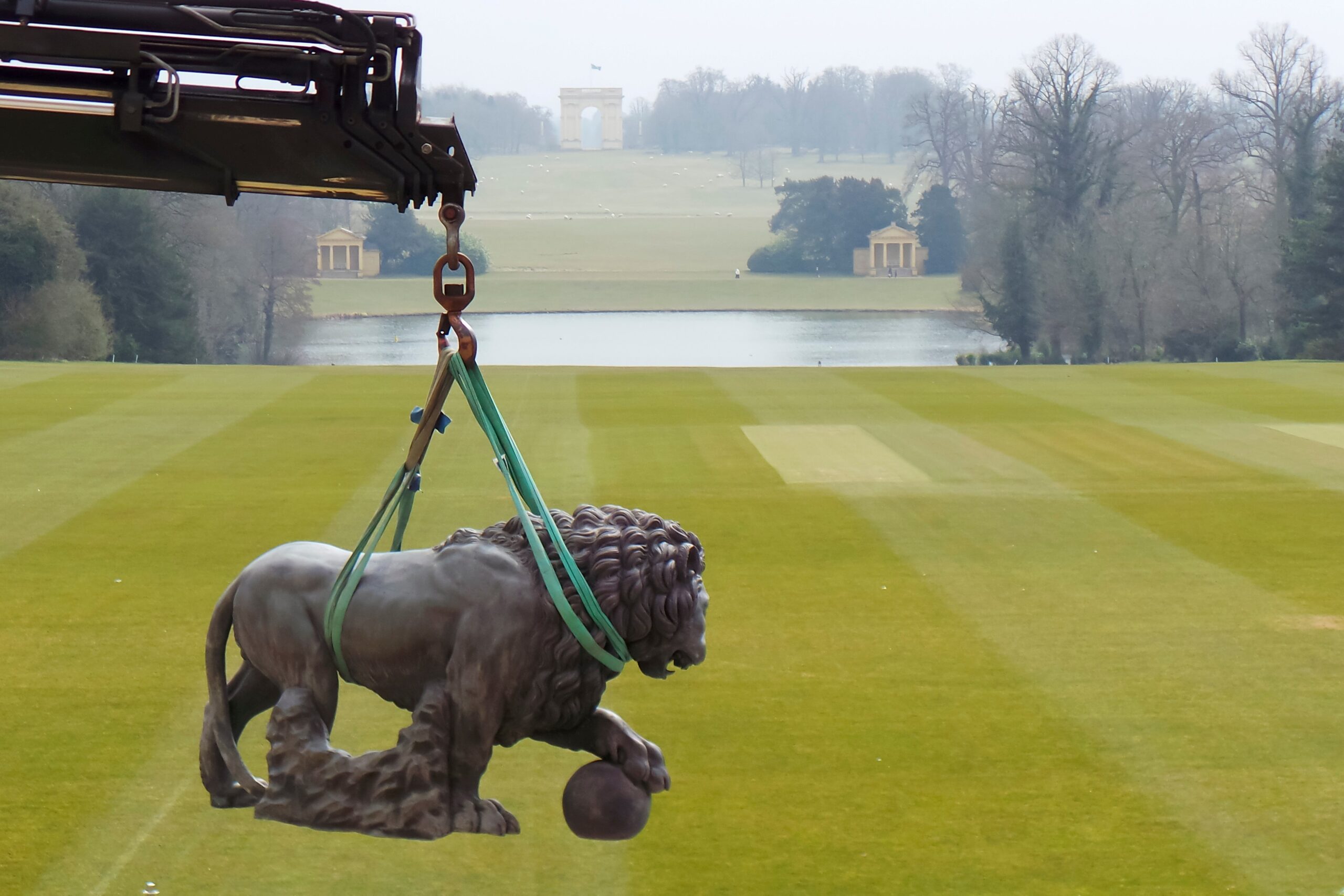
Stowe House Preservation Trust
Stowe School has been an exceptional guardian of Stowe House. However, as the 20th century progressed, the costs of restoring the buildings and gardens exceeded its budget. To provide a long-term solution, three charities came together: Stowe School Foundation, the National Trust, and the Stowe House Preservation Trust.
Together, this partnership has overseen a £100 million restoration of the house and gardens, all while accommodating the busy daily life of over 900 pupils. Today, Stowe is as vibrant and full of life as it was in its Georgian heyday.
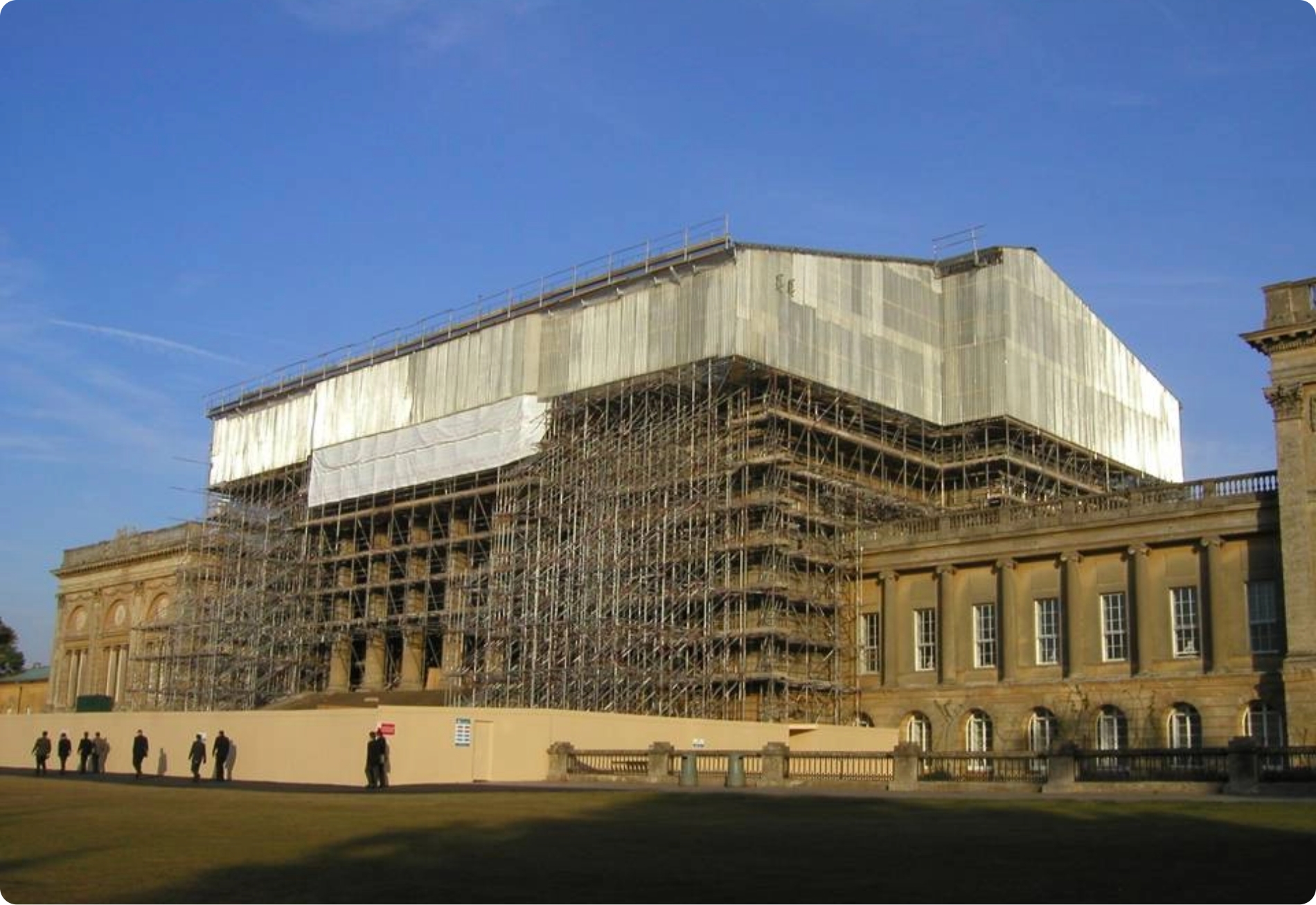
The History of Our Cause
Stowe House has seen 300 years of change—from a famed tourist attraction to the rise and fall of its owners. Today, ongoing restoration is bringing its rich history back to life.
Restoration
